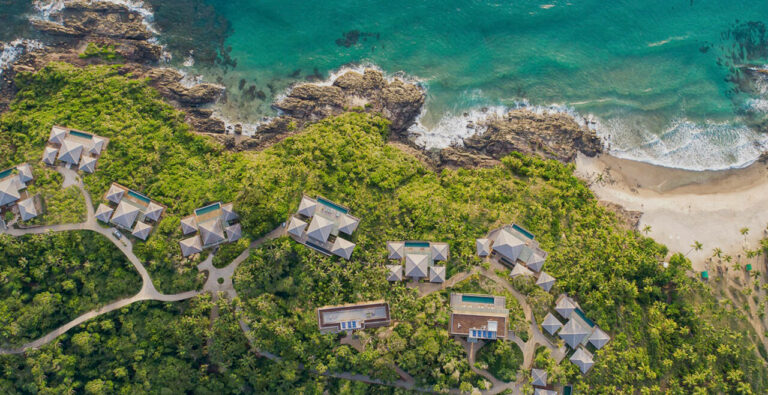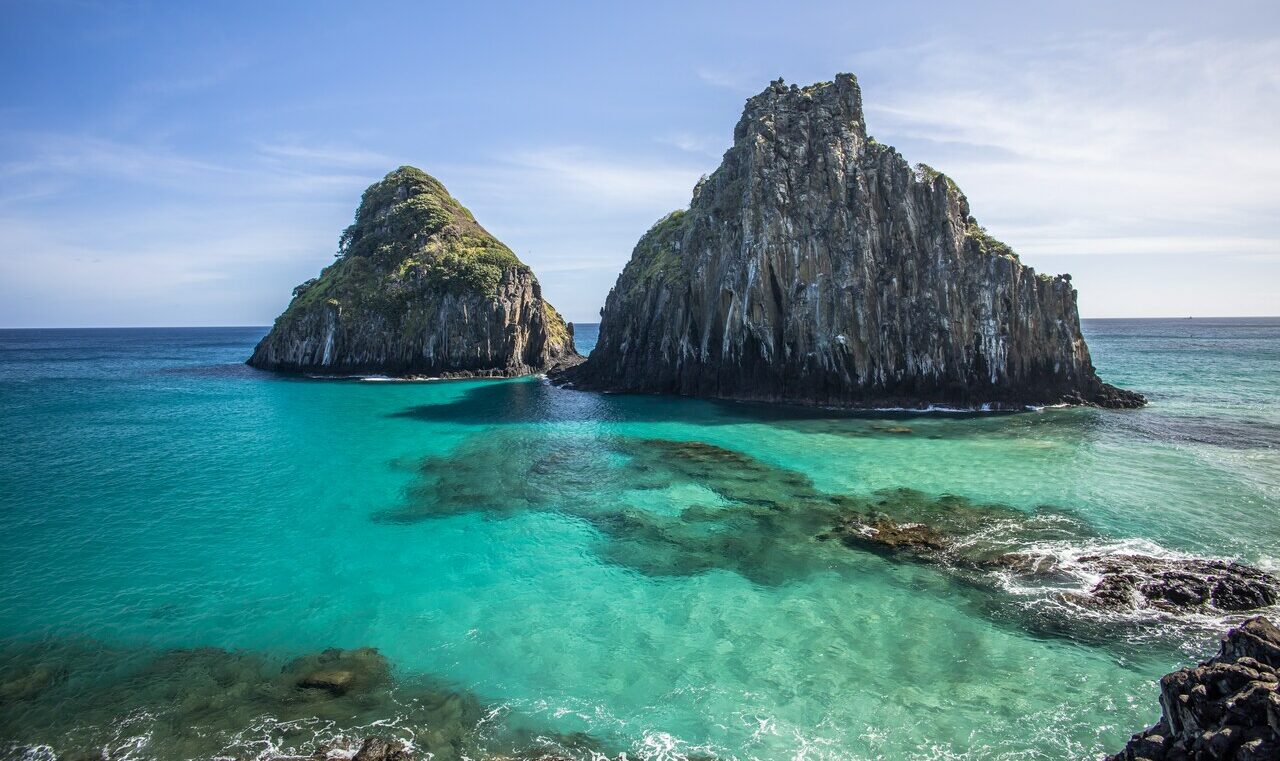
Fernando de Noronha, Brazil's most sustainable Paradise
The most sustainable destination in Brazil is a model of environmental preservation and responsible development. A paradise worth visiting with family.
By Diego Paiva
Located about 350 km off the northeastern coast of Brazil, the Fernando de Noronha archipelago boasts breathtaking beauty and is internationally recognized as one of the most heavenly destinations in the country. Beyond its stunning beaches, crystal-clear waters, and abundant marine life, Fernando de Noronha stands out as a true example of sustainability and environmental preservation. Over the years, this destination has been dedicated to innovative practices committed to protecting the environment, becoming an inspiring model for other regions and for fortunate visitors who get to uncover this paradise. A destination where families can have fun, take plenty of photos, and learn about sustainability.
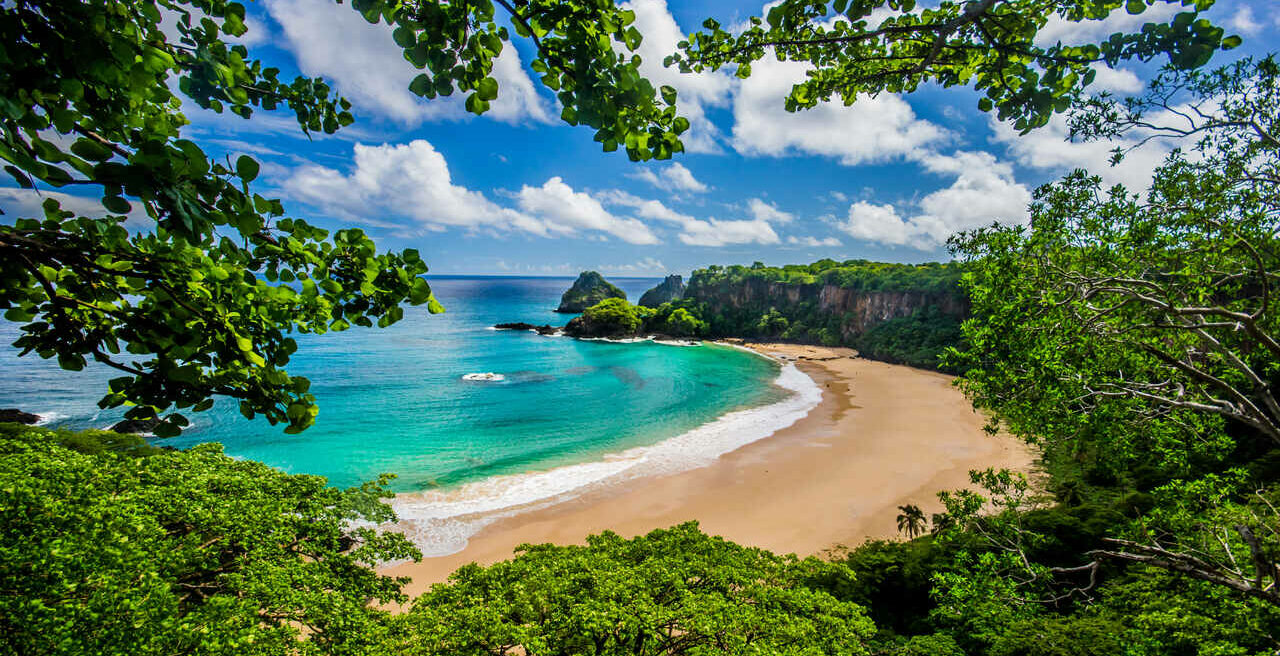
Sancho Beach, considered one of the most beautiful in the world.

Biodiversity Conservation
Fernando de Noronha harbors a rich biodiversity, both on land and in the marine environment. For over 20 years, it has not been possible to swim with the dolphins, and all the beaches are monitored by the Tamar Project, hosting turtle nests. The ICMBio (Chico Mendes Institute for Biodiversity Conservation) also monitors an extensive land and marine area, charging an entry fee for access to the main beaches and even for sea diving: R$179 for Brazilians and R$358 for foreigners, valid for a 10-day period. At the Visitor Center near the airport, you can schedule guided tours and trails that are supervised by ICMBio to ensure they don’t exceed the daily visitor limit. This applies to places like Atalaia Beach, where a coral and fish nursery is located.
To safeguard this natural treasure, the archipelago has established stringent conservation regulations. The number of visitors is managed through an environmental preservation fee of R$92.89 per person per day (as of April 2023), which is charged to all non-residents of the archipelago on tourist visits. This measure helps prevent overcrowding and mitigates adverse impacts on the fragile ecosystem.
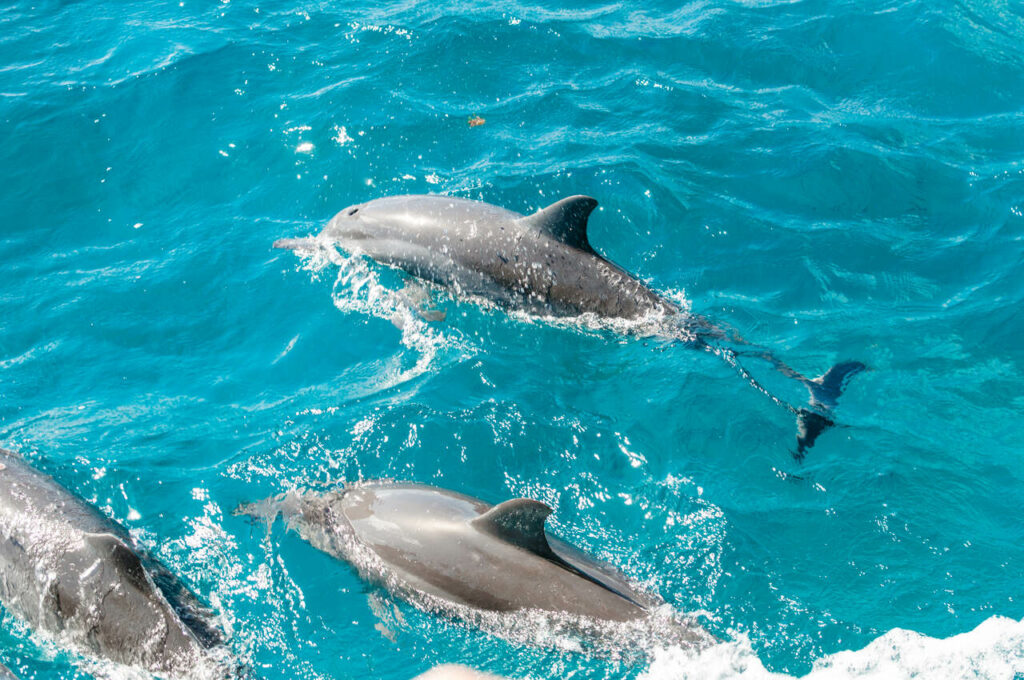
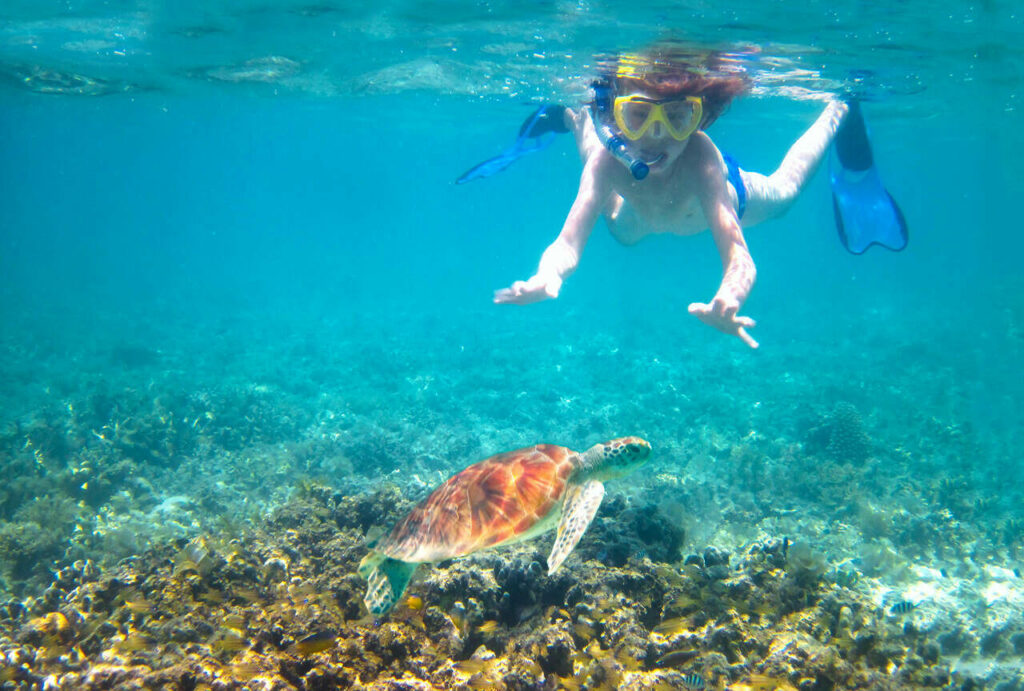
Waste Management and Recycling
The island is a pioneer in implementing an efficient and sustainable waste management system. A significant portion of the produced waste is sent back to the mainland, where it’s recycled, while organic waste is turned into compost. Any resident can collect leachate for their plants. Raising awareness among residents and visitors about the importance of reducing the use of disposable plastics has also been a priority. “Noronha Plastic Zero” signs can be seen everywhere, and effectively, plastic bags, straws, and cups are no longer visible in supermarkets, bars and restaurants. The positive impact on the landscape is substantial. The only things they haven’t been able to eliminate completely are plastic bottles and little bottles, unfortunately. However, the ICMBio sells reusable water bottles and has filters at certain locations where they can be refilled for a cost lower than that of a regular water bottle. Most tourists embrace this system, influenced by the beauty of the place.
The brand Corona has also engaged in an interesting partnership with an NGO, where in Vila dos Remédios, there’s a kiosk for recycling glass bottles on one side and plastic recycling on the other. An artist melts everything down and transforms it into waste bins, lamps, and other items that can be found in some lodges and streets.

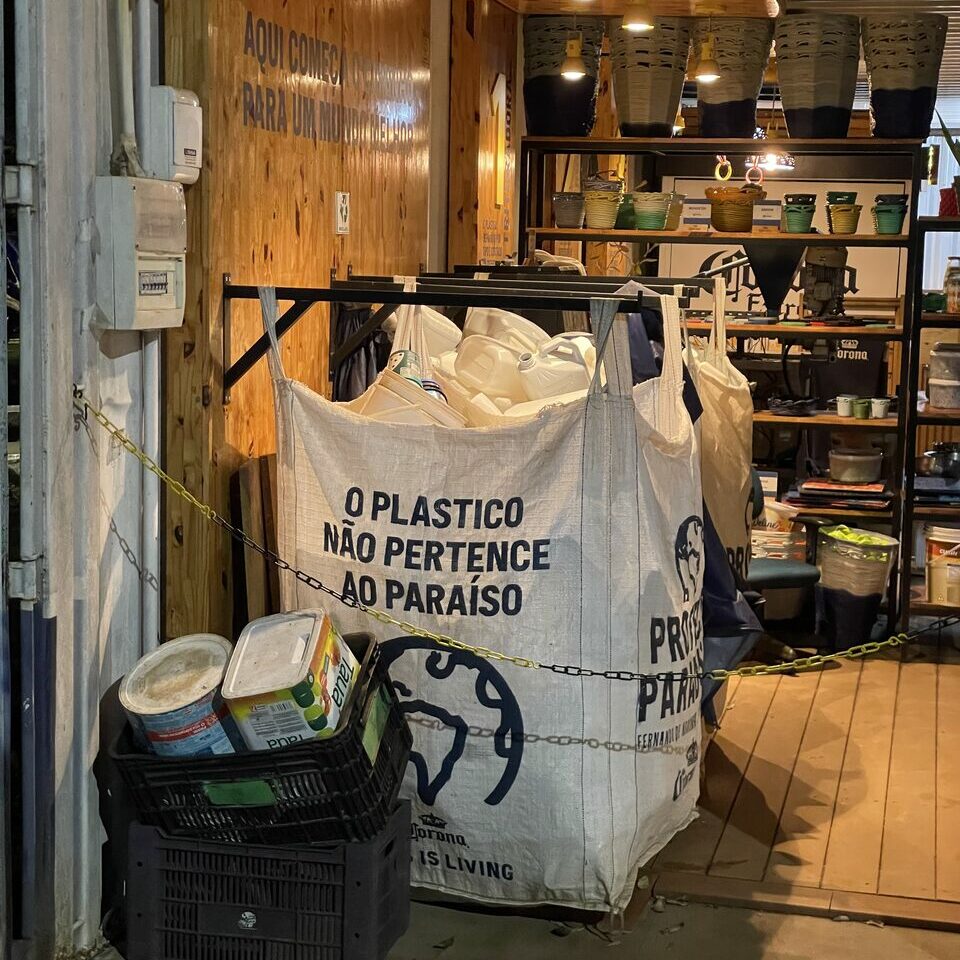
Renewable Energies
Fernando de Noronha aims to reduce its dependency on fossil fuels by harnessing available natural resources. There are only two gas stations on the island, and gasoline is more expensive than on the mainland. “Noronha Carbon Zero” signs can also be found here, and the majority of the island’s cars and taxis are electric, with a charging station conveniently located in the middle of the island. The adoption of solar energy generation is slowly beginning, with solar panels being installed on some homes and public facilities. However, this system remains costly for residents. Perhaps the approach should have been the opposite: to expand the solar energy network with incentives, as done in Rio Grande do Norte, before transitioning to electric cars. Nevertheless, once again, ICMBio sets the example by having an information station (at Sueste) powered entirely by solar energy. This same station also collects rainwater in two 5,000-liter cisterns, sufficient to meet the station’s water demand. These approaches not only reduce the carbon footprint but also serve as examples of renewable energy adoption in small communities.

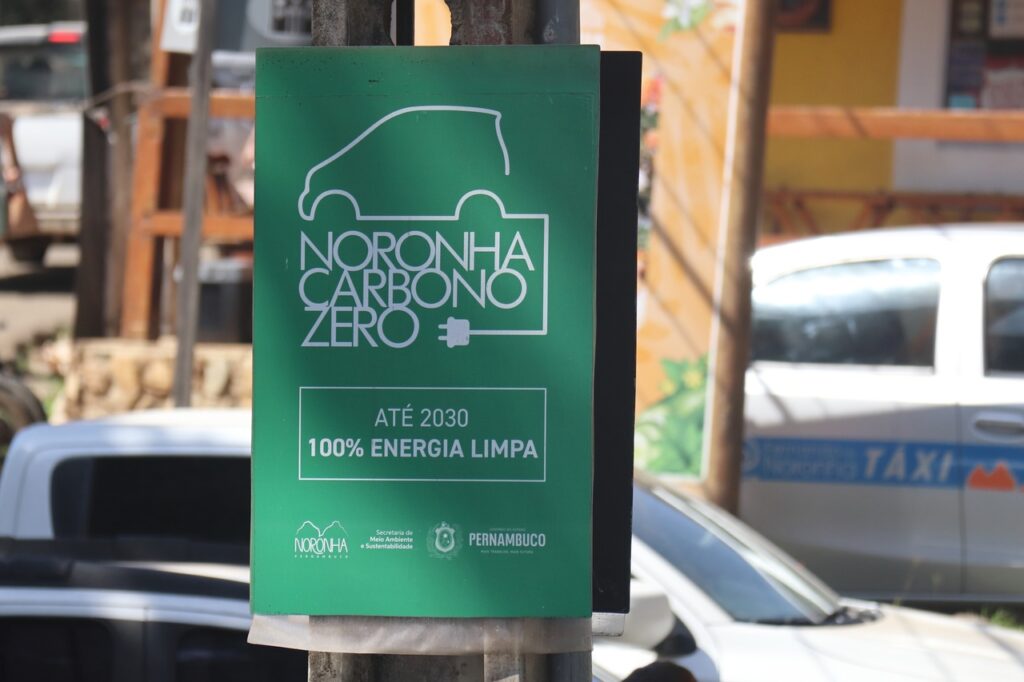
Environmental Education and Awareness
The local population and visitors are continuously educated about the importance of sustainability and environmental protection. Awareness programs, lectures, and educational activities are regularly promoted, encouraging everyone to act responsibly towards natural resources and marine life. The Tamar project offers daily free lectures at its center, every day at 7:00 PM, covering various topics such as turtles, birds, dolphins, sharks, legends of Noronha, and more. It’s incredibly fascinating to hear this information as a family, presented by experts, and then discuss the subject during dinner. When turtle hatchings occur, multiple lodges are notified so that this natural spectacle can be witnessed by all. Visitors are usually captivated by the scene, especially the children.
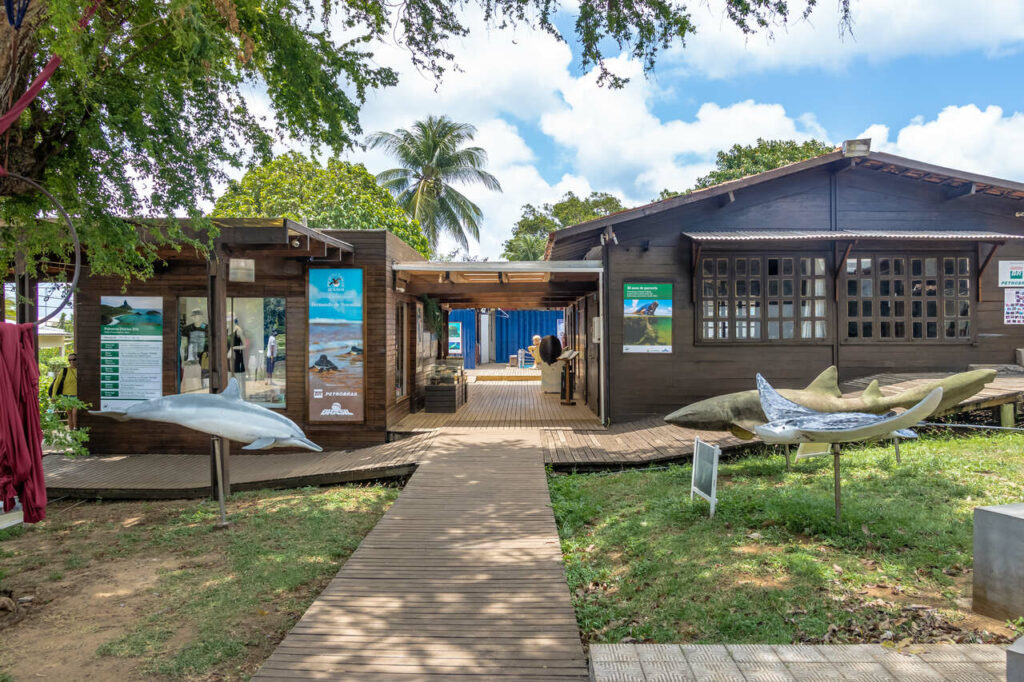

Monitoring and Scientific Research
Through partnerships with universities and research institutions, Fernando de Noronha invests in scientific studies to better understand the local ecosystem and its challenges. This enables the implementation of more effective preservation and sustainable management measures. This is what ICMBio does, which has many employees who daily monitor the protected areas, and many of them are students.
Restrictions on Fishing and Responsible Tourism
Stringent restrictions on commercial fishing help preserve fish stocks and marine life. Additionally, tourism is regulated to prevent excessive damage to coral reefs and natural habitats. Activities like diving, for example, are controlled to minimize the impact on marine ecosystems.
Community Engagement
The sustainability of Fernando de Noronha wouldn’t be possible without active engagement from the local community. Residents, business owners, and authorities work together to promote sustainable practices, sharing the responsibility of protecting the environment for future generations.
In a time when the world faces increasingly urgent environmental and climate challenges, Fernando de Noronha stands out as a beacon of hope and inspiration. This destination not only offers a unique experience to its visitors with its stunning natural beauty but also demonstrates that it’s possible to balance tourism and development with environmental preservation and sustainability. With its innovative practices and continuous commitment to nature, Fernando de Noronha is undoubtedly the most sustainable destination in Brazil and an example to be followed worldwide. Take the opportunity to practice some of these actions on the island together, but also at home when you return.

Services
HOW TO GET THERE?
Currently, the airport is renovating the runway and only smaller aircraft can land, as is the case with Azul and Voepass. Direct flights depart from Recife, Natal, and Fortaleza.
The agencies “Viajar com Crianças” (Traveling with Kids) and “Viajar com Adolescentes” (Traveling with Adolescents) are well acquainted with the destination and can organize this trip for your family.
Things the Way Family love to pack in their suitcase:
Gate
Eletronics for the travel: smartphone, drone, câmera, charger,…
Destiny
UV clothes, bikinis, caps, diving goggles, snorkel mask and other accessories…














